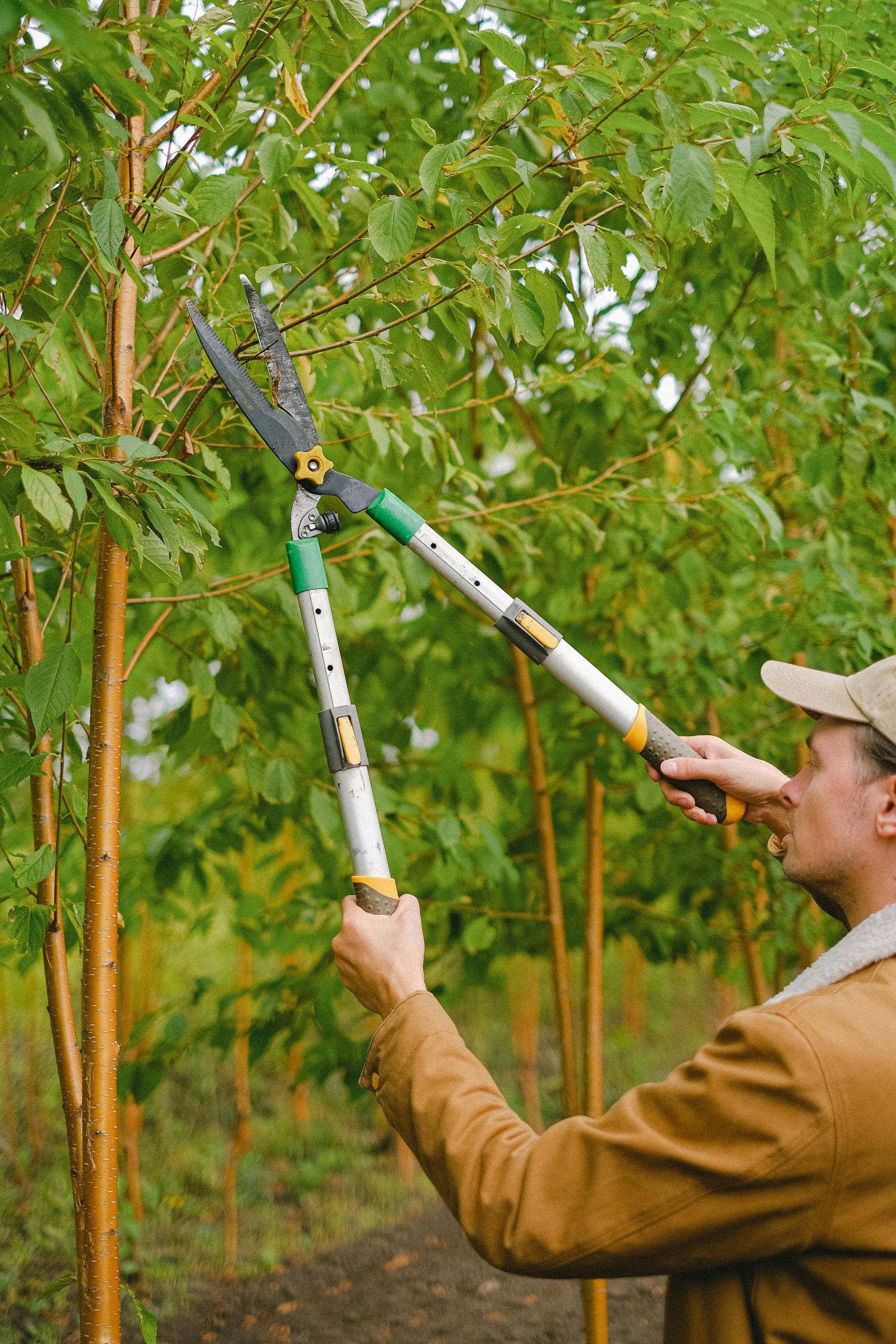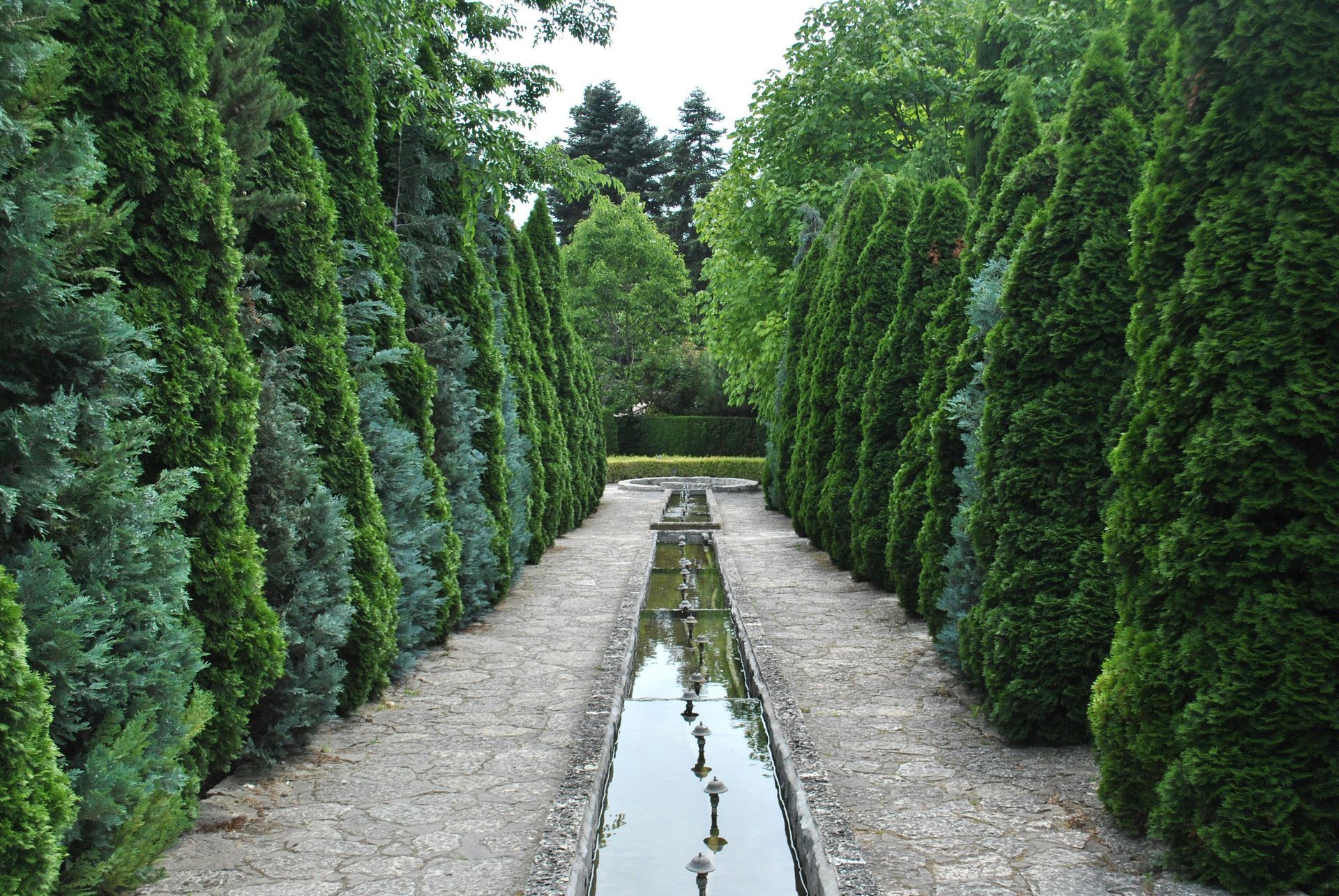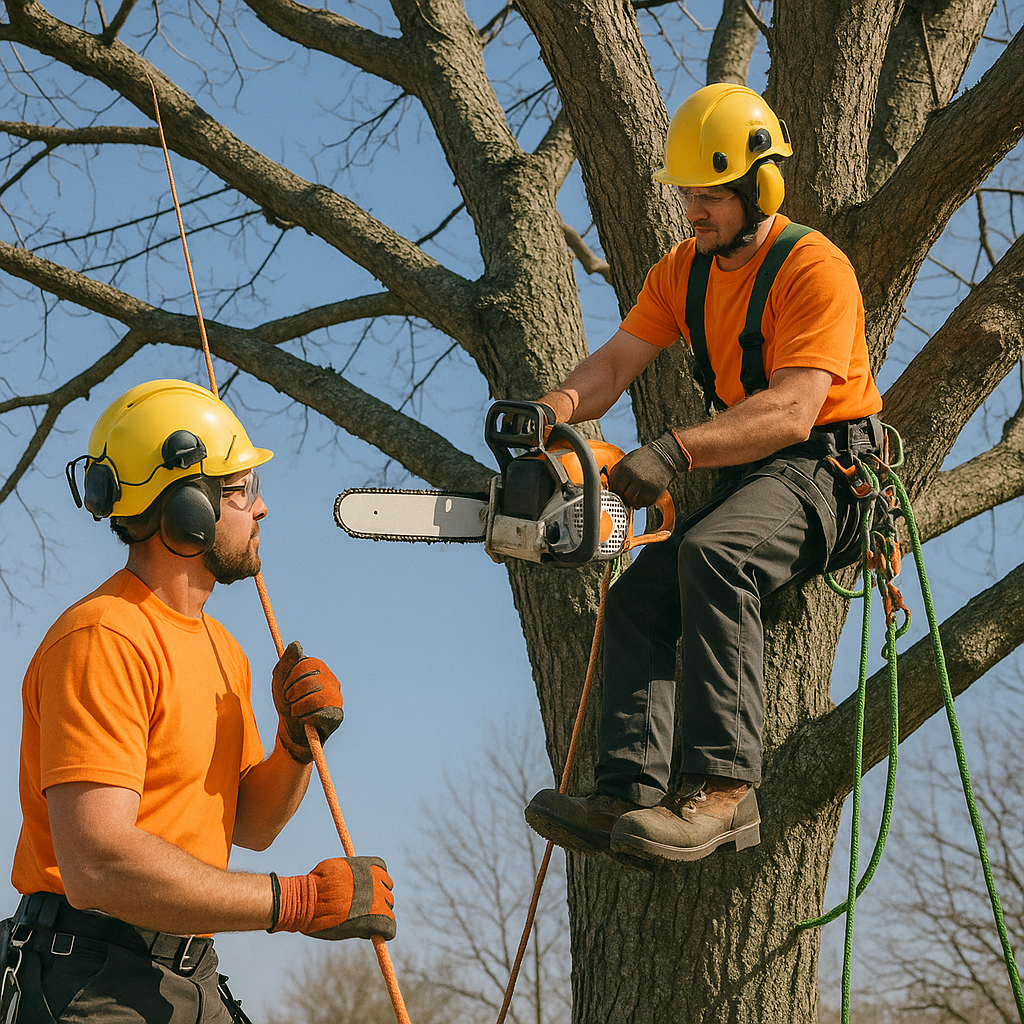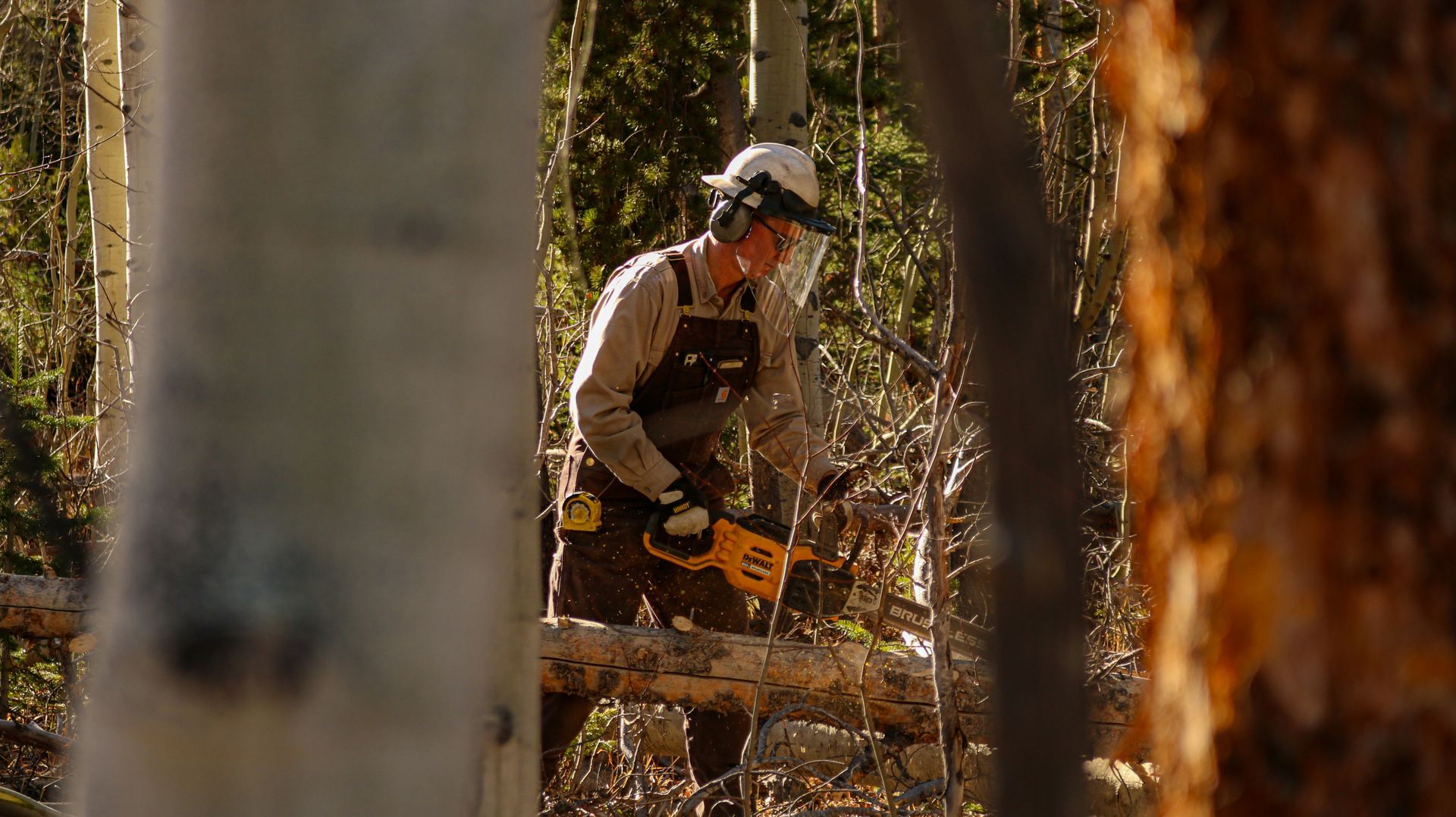Signs Your Trees Need Professional Care This Season
Key Takeaways
- Dead or dying branches and excessive leaf shedding indicate urgent trimming and health assessment needs.
- Unusual leaf discoloration, wilting, or spotting signals potential disease or pest problems requiring expert diagnosis.
- Presence of fungus or mushrooms at the tree base suggests fungal infection needing professional treatment.
- Cracks or splits in the trunk compromise structural integrity and demand immediate professional evaluation.
- Signs of pest infestation like holes, sticky sap, or webbing require timely expert intervention to prevent damage.
Visible Dead or Dying Branches
Even when a tree appears healthy, dead or dying branches often stand out and shouldn’t be overlooked. These limbs are more than just unsightly; they signal that your tree may need proper tree maintenance to stay strong and safe. If left alone, they can attract pests and diseases or cause branches to snap during storms, creating hazards in your yard.
A quick trim helps remove these problem areas, keeping your tree healthy and your landscape looking its best. Caring for your trees means nurturing your
outdoor family, ensuring they thrive and continue to bring beauty and shade.
Unusual Leaf Discoloration or Wilting
When a tree’s leaves start changing colors in unusual ways or appear wilted, it often signals trouble. Spots, yellowing, or unexpected drooping can show up without warning. These issues might be caused by pests, diseases, or simply a thirsty tree in need of water. Paying attention to these signs helps keep your trees healthy and thriving.
Identifying Leaf Color Changes
Unusual color changes in your tree’s leaves are like the tree waving a little red flag for help. While some color shifts happen naturally with the seasons and bring beauty, leaves that turn dull, spotted, or blotchy outside those times often signal problems with leaf health.
Look for patches of yellow, brown, or unexpected colors that don’t fit the usual seasonal glow. Catching these signs early helps you protect your tree, keeping it strong and rewarding you with
healthy, vibrant leaves.
Causes of Leaf Wilting
Seeing leaves change color can raise concern, but when those leaves start
wilting
or drooping, your tree is clearly signaling distress. Often, a
lack of leaf moisture
is to blame, leaving leaves limp and weary. However, other issues like
root damage,
pests, or diseases can also block water flow and cause similar symptoms. Even too much water can overwhelm the roots, preventing your tree from absorbing moisture the way it should.
Presence of Fungus or Mushrooms at the Base
When
mushrooms appear at the base of your tree, it’s often a sign of hidden trouble threatening your
tree’s health and maturity. These growths usually signal
fungal infections
working beneath the surface. Although they might seem harmless, fungi feed on the wood, weakening roots and the trunk, which can cause
serious damage
if ignored. It’s important to
call in the pros
as soon as you notice mushroom growth, so they can treat the issue and protect your tree, keeping your yard safe and beautiful.
Cracks or Splits in the Trunk
Fungus and mushrooms aren’t the only clues that your tree might be in trouble. Spotting cracks or splits in the trunk signals problems with trunk health and can put your tree’s stability at risk. The trunk serves as the backbone of the tree, and any damage there can weaken its entire support system. These openings allow moisture and pests inside, which can cause even more harm over time.
When you see deep cracks or long splits, it’s important to seek professional care right away to prevent serious damage or the risk of the tree falling. Keeping your trees strong and healthy protects both your landscape and your safety.
Pest Infestation
A few pests can quickly create serious problems for your trees, often before you even notice. Signs like tiny holes in leaves, sticky sap, and weird discoloration signal an infestation that needs attention. Wilted leaves or chewed branches also point to trouble and shouldn’t be ignored.
Simple observation and pest identification help spot these issues early, making pest management much easier. Many tree lovers face these same challenges, and seeking expert care ensures your trees stay healthy while protecting the environment. Taking action promptly helps keep your yard and neighborhood thriving.
Leaning or Unstable Trees
Leaning trees are a sign that something’s gone wrong beneath the surface. Weak or damaged roots often struggle to anchor the tree, especially after storms or heavy rain. Soil erosion around the base can loosen the ground, leaving roots exposed and unable to support the tree’s weight. Meanwhile, issues like root rot or disease can weaken the foundation, turning a sturdy tree into a potential hazard.
When a tree starts leaning noticeably, it’s time to seek professional care to prevent damage or safety risks. Acting early protects your property and helps your tree stay healthy and standing strong.
Excessive Leaf Drop Outside of Normal Season
When a tree starts shedding leaves out of season, it raises a red flag that something isn’t right. It could be stressed out by sudden weather shifts, or dealing with pests or disease. Catching the issue early gives your tree a better chance to recover and stay healthy.
Unusual Timing Concerns
When your tree starts
dropping leaves
outside its normal cycle, it’s a sign worth noticing.
Seasonal temperature fluctuations
can throw off its
natural rhythm, leaving it confused and shedding leaves at unexpected times. It’s like your tree is sending you a
secret message
that something isn’t right. Many people share this concern, wanting to keep their trees healthy and strong. If you notice unusual leaf loss, consider seeking
professional TLC
to help your tree recover and continue thriving.
Environmental Stress Factors
Trees are resilient, but they still show signs of stress when their environment takes a toll. If you notice a tree dropping leaves outside its usual season, it could be struggling with environmental drought or soil compaction. When soil becomes too dense, water and air can’t reach the roots properly, leaving the tree thirsty despite regular watering.
Environmental drought
adds extra strain, often leading to
premature leaf drops
as the tree tries to protect itself. Paying attention to these signs helps your tree get the
care it needs, keeping your yard healthy and vibrant throughout the year.
Disease and Pest Indicators
Trees can’t speak up for help, so they show distress through signs like dropping way more leaves than usual when faced with pests or disease. If your tree starts shedding leaves outside its normal cycle, it’s often waving a red flag about possible disease or pest problems.
Good pest management plays an important role in keeping trees healthy and thriving. Watch for leaves with spots, holes, or strange colors, tiny insects on branches or under leaves, and sticky residue or webbing on the bark. Acting quickly helps you
protect your tree and avoid bigger issues down the road.
Frequently Asked Questions
How Often Should I Schedule Professional Tree Inspections?
It’s best to schedule professional tree inspections at least once a year, ideally timed with seasonal tree care. Regular checkups help keep your trees healthy and thriving throughout the year.
What Are the Benefits of Tree Fertilization Services?
Tree fertilization services restore essential nutrients to the soil, promoting strong growth and vibrant foliage. Healthy, well-fed trees enhance your landscape’s beauty and resilience.
Can Professional Care Improve My Tree's Resistance to Storms?
Yes, professional care strengthens your trees and prepares them for storms. Services like pruning weak branches and improving root health help trees better withstand harsh weather and protect your property.
How Do Professionals Treat Root Damage or Disease?
Professionals handle root damage or disease by removing affected areas and treating the soil to promote recovery. Their care helps trees heal and continue growing strong and healthy.
When Is the Best Time of Year for Tree Pruning?
The ideal time for tree pruning is late winter or early spring. Pruning before new growth begins encourages healthier development and keeps your trees looking their best.
Final Thoughts
Caring for your trees goes beyond keeping them beautiful. It’s about catching warning signs early so small problems don’t turn into big ones. Whether you spot dead branches, unusual leaf colors, or other changes, taking action quickly makes all the difference. An ounce of prevention keeps your trees strong, healthy, and thriving, protecting your yard and your investment.
Your
leafy friends
deserve the best care.
Contact Trees West today
for expert help in keeping your trees safe and your landscape looking its best.




